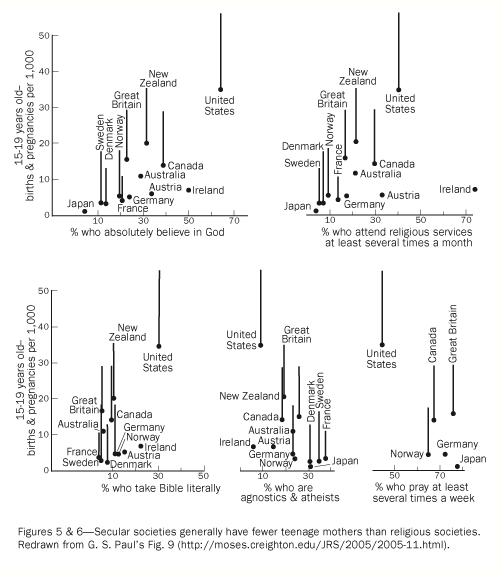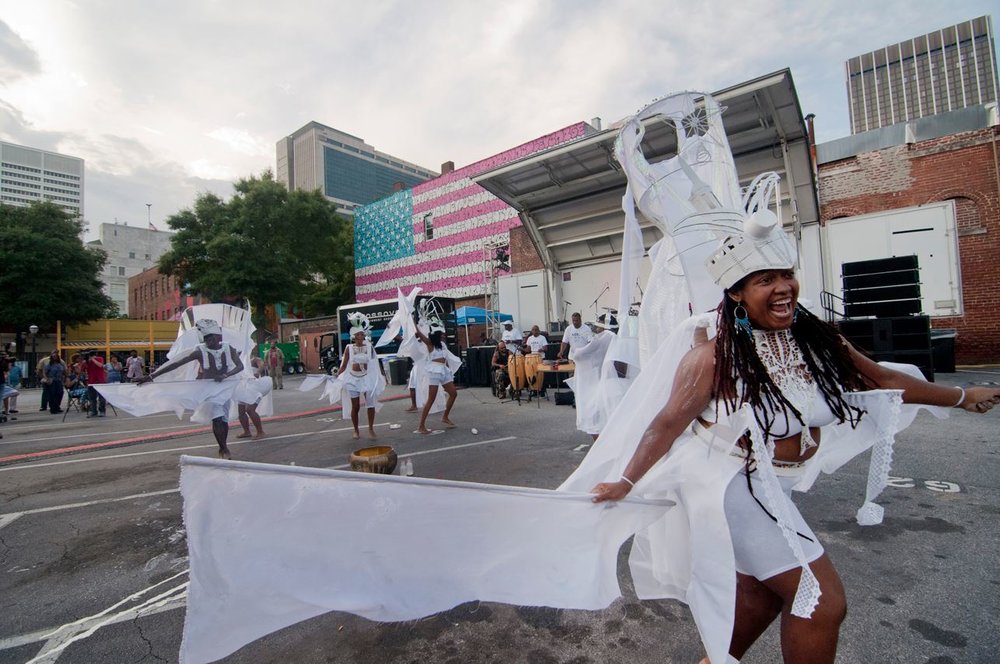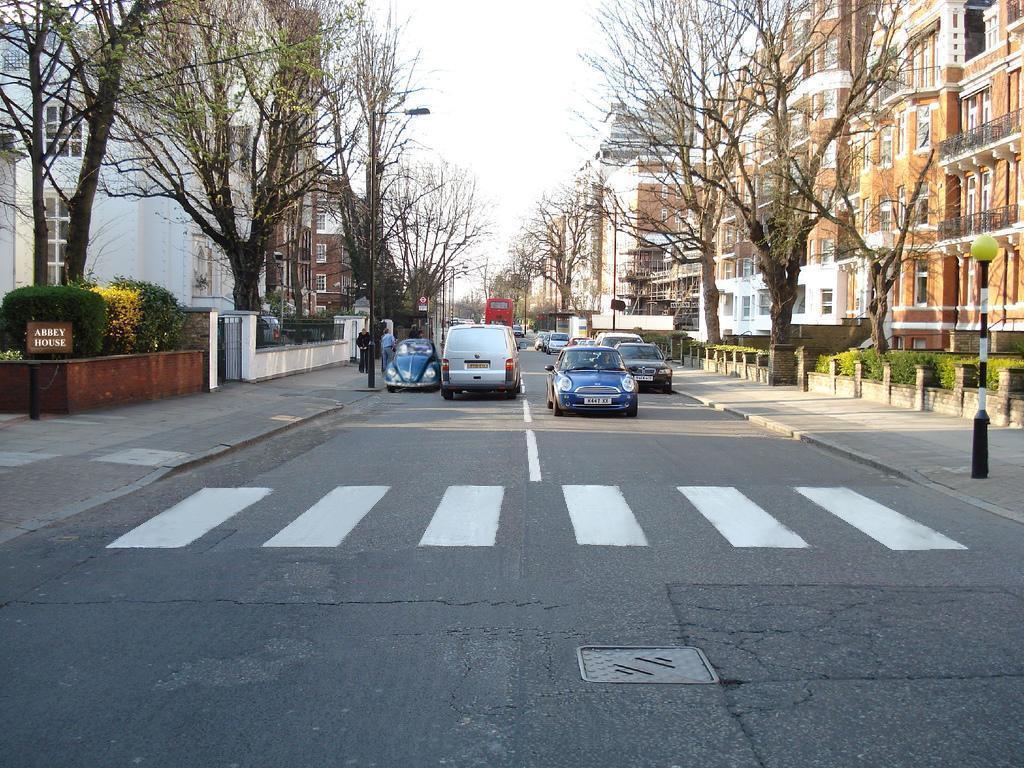In her article, Maria Saporta explains the reported reason behind Atlanta BeltLine founder Ryan Gravel's departure from the BeltLine board of directors. Joined by fellow board member Nathaniel Smith, Gravel resigned in order to draw attention to the lack of attention the Atlanta BeltLine Partnership has given to "issues of equity and affordability." According to the article, the Atlanta Beltline Partnership is the private sector organization responsible for fundraising, advocacy, and affordability along the BeltLine.
In the full story, which is published on the SaportaReport and includes the full resignation letter signed by Gravel and Smith, the two former board members express concern over the ABP's emphasis on fundraising above affordability. In their letter, they also expressed concerns and regrets over the loss of community input in the project, saying they believe that "who the Atlanta BeltLine is built for is just as important as whether it is built at all." Despite the increase in funding, the ABP has ignored its obligation to create affordable housing along the BeltLine. According to the letter, recently acquired funds will support fewer than 200 affordable units out of the required 5,600. Their resignation will, hopefully, result in "elevated concern" for the affordability and equal access of the BeltLine.
Saporta, Maria. "Beltline Founder Gravel Resigns from Board." Atlanta Business Chronicle, 27 Sept. 2016. Web. 05 Nov. 2016.
Saporta, Maria. "Ryan Gravel and Nathaniel Smith Resign from BeltLine Partnership Board over Equity Concerns." SaportaReport, 26 Sept. 2016. Web. 05 Nov. 2016.
 Singapore
Singapore Vienna
Vienna New York City
New York City
 The first thing that comes to my mind when I read this is the Westboro Baptist Church and the way it uses its faith to justify its bigotry as conviction. In the image above, these members protest everything that challenges their faith, but they do so in a way that, arguably I assume, denies their beliefs too. They use the bible to justify their dislike and opposition to such social movements as same sex marriage, but they do so in an alienating way that comes off as extremely hateful, which is something the bible also teaches against.
The first thing that comes to my mind when I read this is the Westboro Baptist Church and the way it uses its faith to justify its bigotry as conviction. In the image above, these members protest everything that challenges their faith, but they do so in a way that, arguably I assume, denies their beliefs too. They use the bible to justify their dislike and opposition to such social movements as same sex marriage, but they do so in an alienating way that comes off as extremely hateful, which is something the bible also teaches against.
 There is evidence that there is a greater societal dysfunction in countries with higher religiosity rates. Though most arguments use this data to say that religious people are problematic, in this instance, it can be used to explain why people act out. Religion can influence people to believe, support, and enforce social constructs that may be alienating and negatively affect minorities that challenge the status quo.
There is evidence that there is a greater societal dysfunction in countries with higher religiosity rates. Though most arguments use this data to say that religious people are problematic, in this instance, it can be used to explain why people act out. Religion can influence people to believe, support, and enforce social constructs that may be alienating and negatively affect minorities that challenge the status quo.



 Here is a visual of how the Westhaven Park neighborhood has gentrified and what they want to do.
Here is a visual of how the Westhaven Park neighborhood has gentrified and what they want to do.


